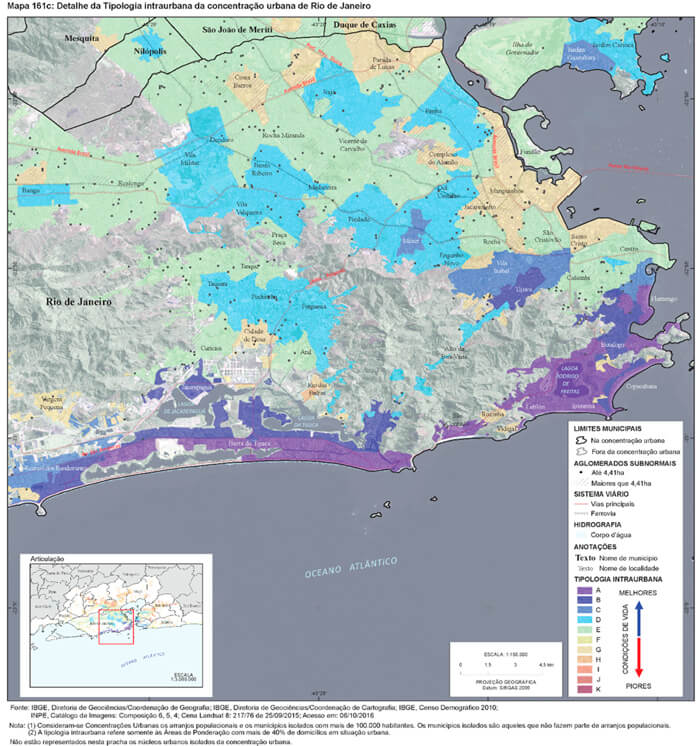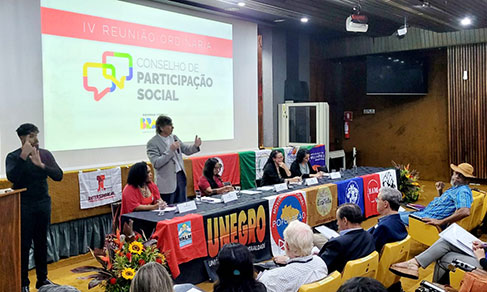In urban concentrations, 38.1% of the population lived in harsh conditions
December 20, 2017 10h00 AM | Last Updated: December 20, 2017 12h57 PM
In 2010, 36.1 million persons (38.1%) lived in urban areas with bad, very bad or precarious living conditions. By Major Region, the biggest percentages of residents under such conditions were found in the North (56.3%) and Northeast (59.9%). Regarding precarious living conditions, the worst results in capital municipalities were those of São Luís (15.8%), Boa Vista (8.3%) and Macapá (7. 7%).
Additional information is available at Intra-urban Typology – Spaces of socioeconomic differentiation in urban concentrations in Brazil , released today by the IBGE. The study presents a classification of 11 different levels of living conditions (from A – the best – to K – precarious) in urban areas above 300 thousand residents of 435 municipalities inhabited by half of the population (94.6 million persons) in 2010.
The classification is based on aspects such as sanitation, density of residents per housing unit, income, level of schooling, dependency ratio (ration between youth and elderly population), type of coating applied to home walls and existence of a washing machine and a computer with Internet access in the housing unit.

Some patters have been identified in the distribution of living conditions of urban concentrations with more than 2.5 million residents. “In Rio de Janeiro, for example, living conditions get worse as we move inland, away from the coast. In Brasília, planning and relief have not prevented the concentration of rich areas, mainly in the so-called Plano Piloto (area of the originally planned city) and on the banks of Lake Paranoá”, explains Maurício Gonçalves e Silva, researcher from the IBGE.

According to Maurício, now it is the first time the IBGE associates the delimitation of urban spots and the identification of living conditions: “That approach has led us to forecast several impacts, related to mobility, for example, at the same time it helps subsidize location strategies in the public and private sectors.” The publication will be updated after the 2020 Census.
Text (in Portuguese): Pedro Renaux
Image: Flickr



















